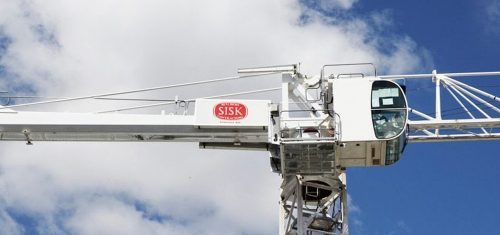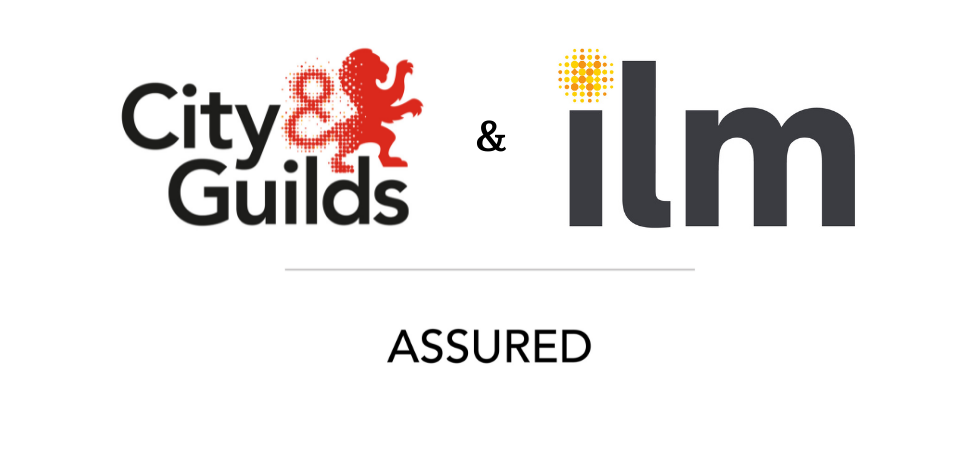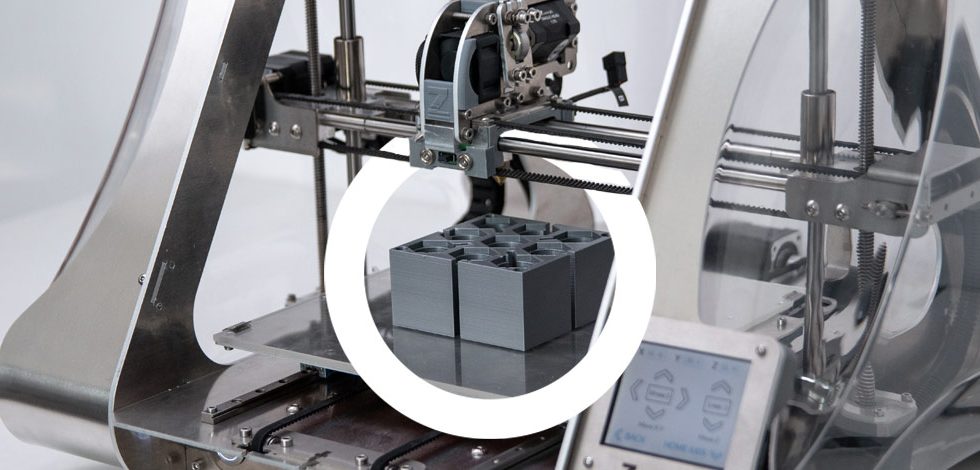An erroneous R&D tax relief claim can damage the reputation of a company and sour relations with HMRC.
In the last of our three Q&As in the series, Constantine Costas, Senior R&D Tax Manager at Ayming UK, shares some pointers on how to de-risk your R&D claim.
What are the most common pitfalls when making R&D tax claims?
From my experience the top three mistakes that lead to rejection of an R&D Tax Relief claim by HMRC:
- Selecting projects that don’t meet the criteria: This is a really common one, along with market research. People preparing claims seize on the innovation aspects and forget the science and technology part of the eligibility test.
- Not identifying the boundaries correctly: Whole projects are generally unlikely to qualify, but I have seen some claims that included the entire costs of a project, where only a small proportion was eligible. This does not look good, and will lead to refusal of the claim.
- Including costs that aren’t in a qualifying category: Examples include rent, rates, benefits in kind, company credit cards, downtime costs in manufacturing, costs of materials transferred on to the end user for money or monetary value. These are all obvious red flags for HMRC.
All of the above increase the risk in your claim and can lead HMRC to open a formal enquiry, using up additional time and costing all parties serious amounts of money.

What’s the risk if you get it wrong and how can you minimise this?
Apart from wasting time and money, an erroneous claim can damage the reputation of a company and sour relations with HMRC.
Preparing your claims in-house or using your regular accountant can result in perfectly adequate claims, usually by smaller companies for the more straightforward R&D projects. Once a claim becomes more complex and involves areas of conjecture, the typical accountancy practice or department will not have the expertise required. The same goes for other areas of taxation. You wouldn’t trust your High Street accountant to handle a particularly complex piece of VAT, inheritance tax or capital allowances work. You’d seek specialist advice, so why should R&D tax credits be any different?

So, it pays to retain an expert. However, there’s a risk associated with choosing R&D tax ‘specialists’. Given the current lack of regulation in this area, I would urge companies to make sure they engage a provider whose employees and managers are members of an appropriate professional body. The biggest risk companies run is using non-expert consultants who can make an inflated/fraudulent claim to maximise fees. This can lead to fines and penalties, and ongoing problems in your relationship with HMRC. But the claimant has no recourse if their provider is not signed up to a body like the ICAEW, CIOT or ICAS.
What makes it more difficult is that there’s a high level of asymmetry of information between clients and providers. Often clients are getting a bad service, but don’t realise it, because they don’t know what a good or great service looks like. If you don’t feel your provider is properly engaged, they’re probably not.
You should also ask your advisor about engaging HMRC as early as possible in the claims process.
How can companies involve HMRC in their claims process?
To be honest, for smaller companies it’s not always easy. There is the “Advanced Assurance” process for the smallest of companies, but the take-up of this has been poor.
For the largest companies, their HMRC Client Compliance Managers (CCMs) are the best starting point. They often bring in trusted R&D specialists to help. Early engagement is highly beneficial. It means that HMRC can review and sign off on the process and methodology before internal and consulting staff get into the nitty-gritty detailed work. This saves everyone time in the long run and makes for a much smoother process.

For those companies that fall in between these size categories, there is an HMRC telephone support line for specific queries. Unfortunately there is not much else on offer.
The advantage of R&D tax specialist consultancies, such as Ayming, is that we have well-established relationships with HMRC as well as experience from preparing a multitude of claims across most, if not all, sectors. So, we have relevant business experience and can liaise with HMRC on behalf of companies, whatever their scale.
How can a company know its claim is as risk-free as it can be?
Get your claim ‘health-checked’ by a specialist. If they are any good, they won’t just identify the negatives and try to sell their services. They should also tell you what has been done well, and give a full explanation of areas where errors have been made – with references to guidance or legislation. Be wary of advisors who promise the world without providing any technical back-up.
Could improve your R&D Tax Relief claim value? Ayming has developed a free online tool that companies can use to analyse their claims. Identify where you are doing well and highlight any areas for improvement. A check takes no more than 10 minutes:
About the author
Constantine Costas is a Senior R&D Tax Manager based in Ayming’s London office. Constantine joined Ayming in 2013 and is responsible for managing and training a team of R&D tax specialists. In 2016, Constantine helped generate over £15 million in tax benefits for clients.















No Comments